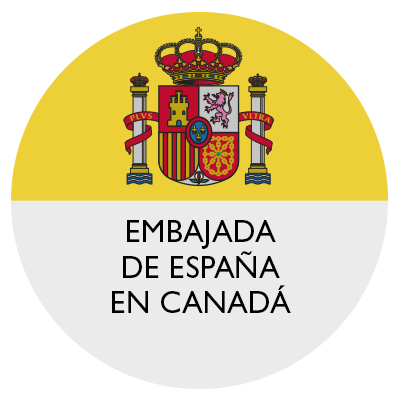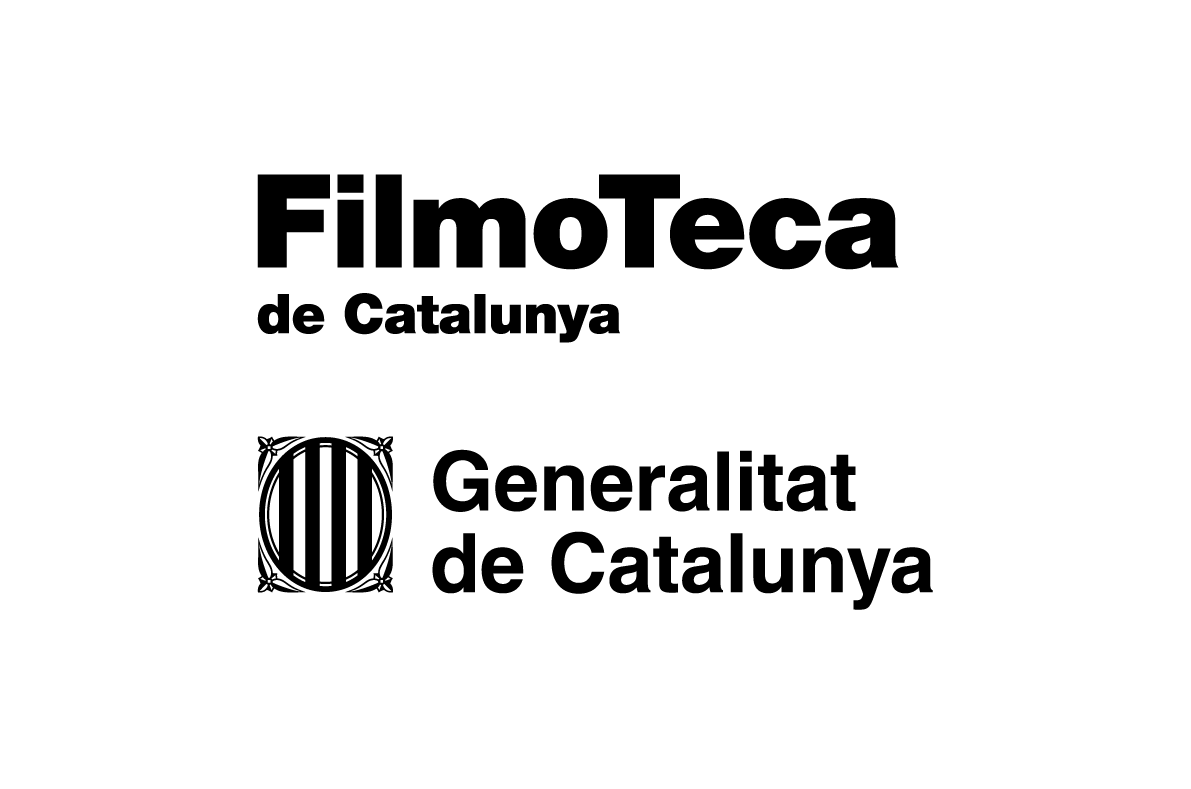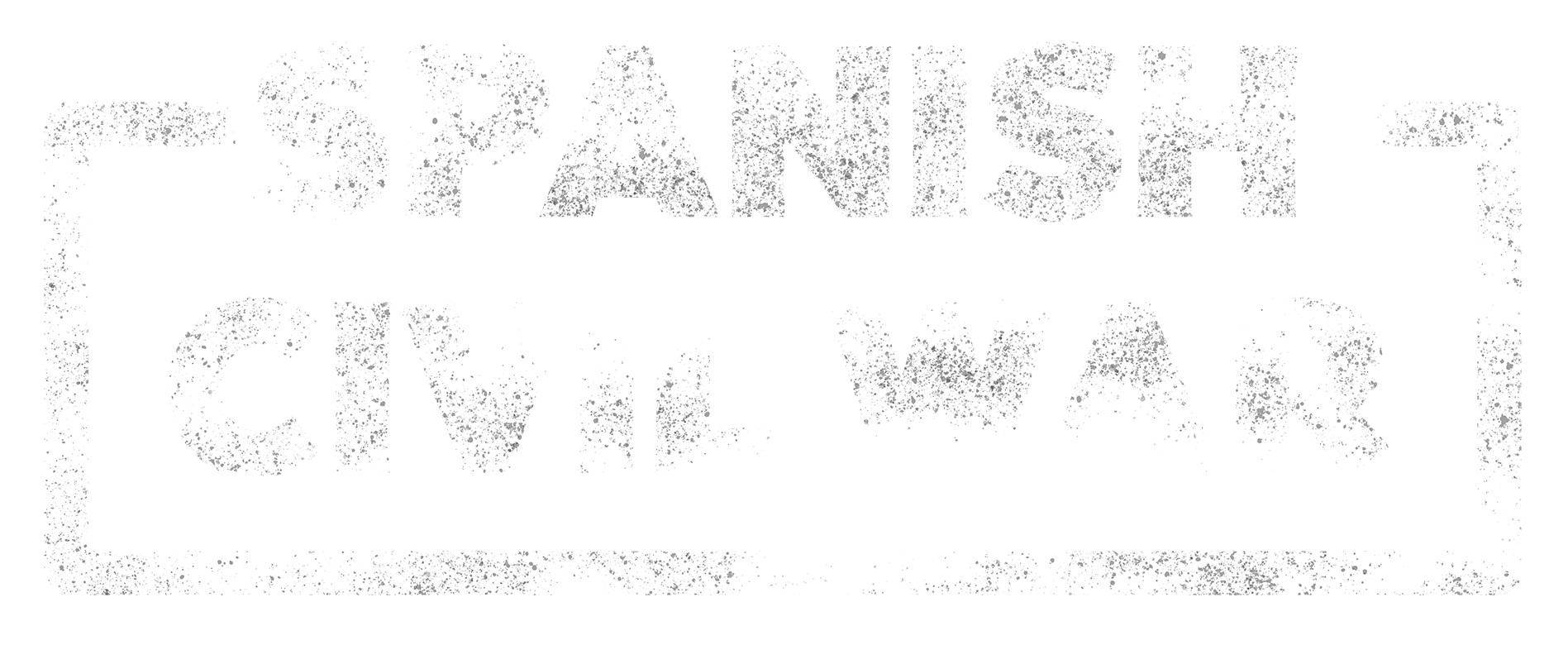Latvian Correspondents Oto Zeltiņš and Georgs Timuška in Francoist Spain
Extent: 1 item
Latvian newspapers often published reports written by foreigners, but some of the larger ones could afford to send their own reporters abroad. Jaunākās Ziņas had the largest circulation among Latvian newspapers; it also had the most extensive network of correspondents. After the Spanish Civil War broke out, Oto Zeltiņš (originally Otto Goldfeld), a German born in Hamburg, veteran of the First World War and Latvian War of Independence, adventurer, as well as an experienced press correspondent, was sent to Spain, where he arrived in September 1936. Zeltiņš witnessed events on the rebel side. Soon after his arrival, Zeltiņš got into a conflict situation with the authorities and had to leave Spain in a hurry in November 1936. When in Spain, Zeltiņš described his frequent difficulties in taking photos. However, some of his images were published in Jaunākās Ziņas. In the image on the right, Zeltiņš is in a suit standing with a group of soldiers.
In November 1936 Jaunākās Ziņas replaced Zeltiņš with Georgs Timuška, also an experienced foreign correspondent who previously had sent reports from China. He too witnessed the war efforts on Franco’s side, which was not officially recognized by Latvia. Information provided both by Zeltiņš and Timuška was influenced by rebel censorship, and their reports contained propaganda elements. Due to this, a careful reader could detect that sometimes the information between reports did not add up. Furthermore, in public lectures that he gave after returning to Latvia, Zeltiņš explained that he was unable to write objectively.
Timuška left Spain and returned to Latvia in November 1937. At the time, he felt that he had traveled across Spain and had seen many aspects of the war, and had no new angles for his reports. Timuška spent one day on the Republican side and also had had the opportunity to visit the front lines in the company of Gonzalo de Aguilera Munro, one of Franco’s most famous press officers.
Despite some controversies on the objectivity of the reports, certain Francoist symbols gained popularity in Latvia. Both press correspondents had visited Toledo and the Latvian press published information on “Heroes of the Alcazar.” Later during the Second World War, for many Latvians fighting against the Soviet Union “Alcazar” was a symbol of the fight against communism, and several buildings near the front lines within the Soviet Union were called “Alcazar,” such as the “Novgorod Alcazar”, an old monastery. In 1941 the Spanish “hero of Alcazar” José Moscardó Ituarte even visited Latvian territory that was under German occupation.
GIB







